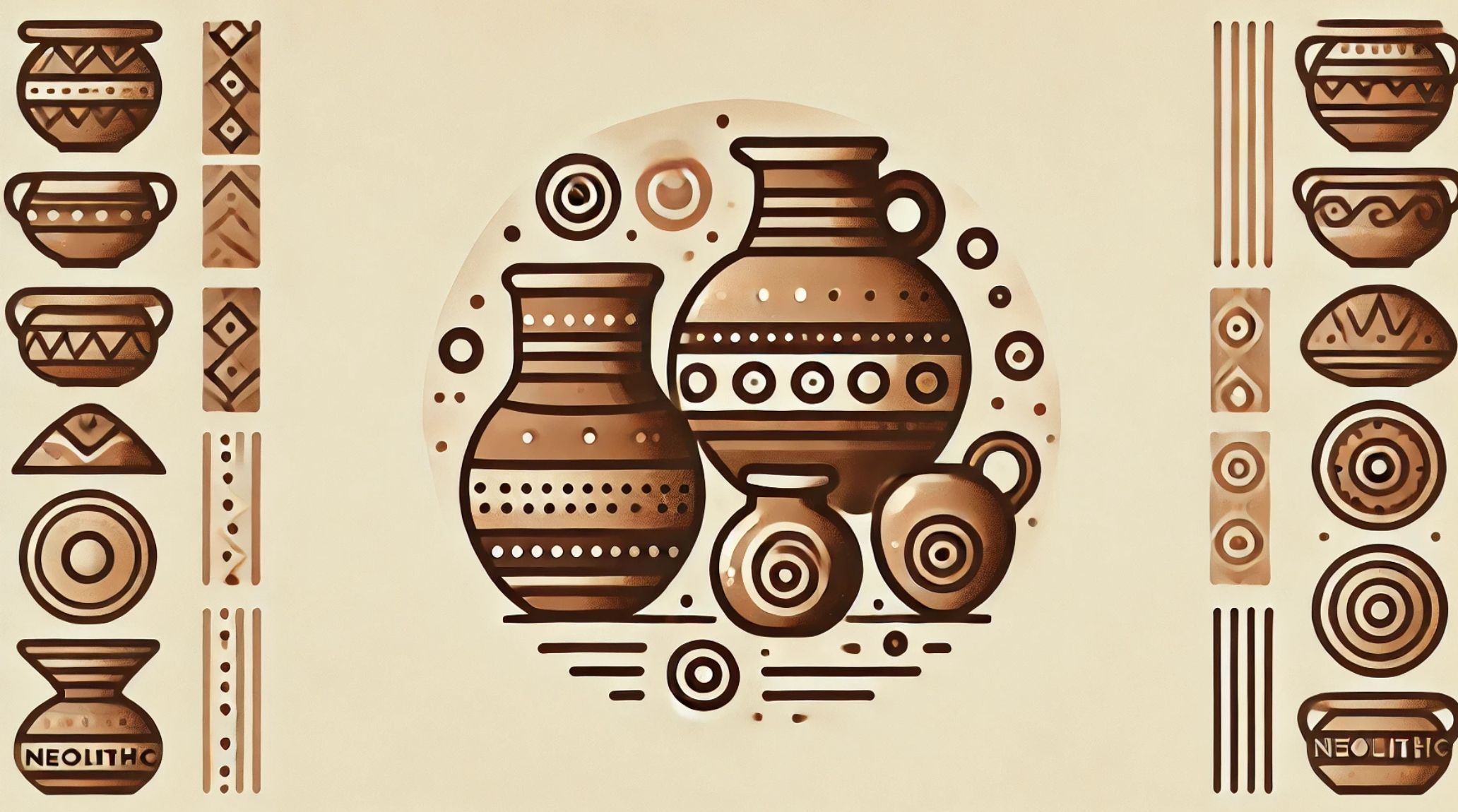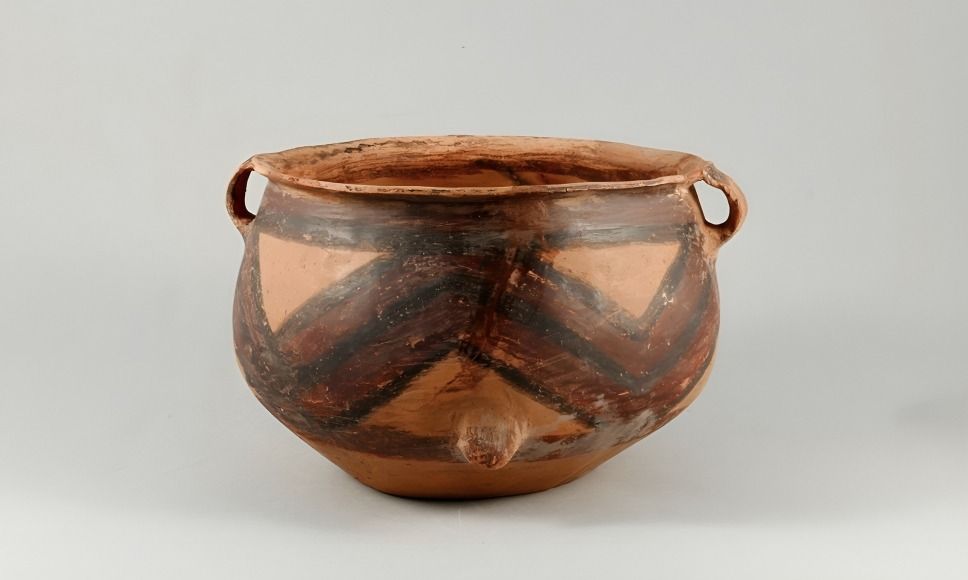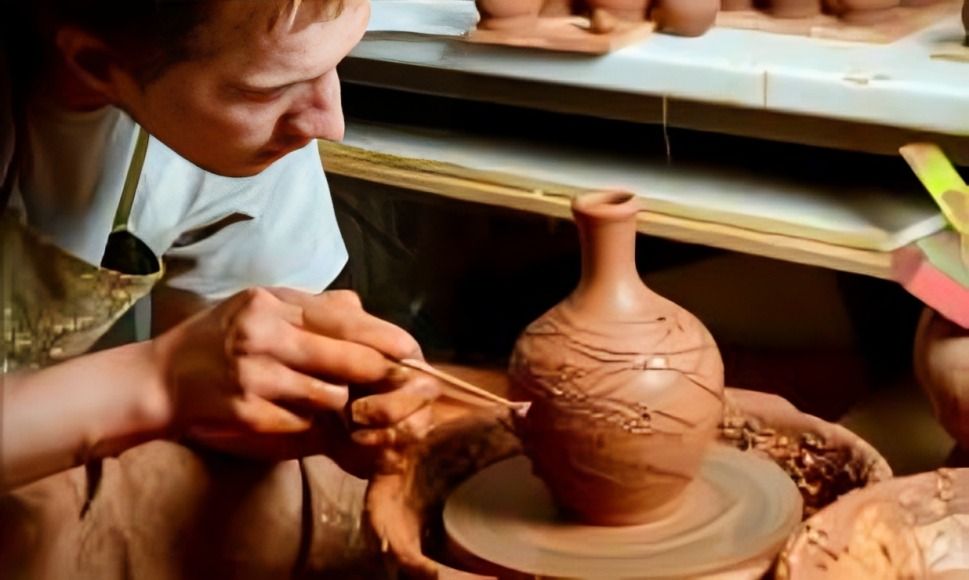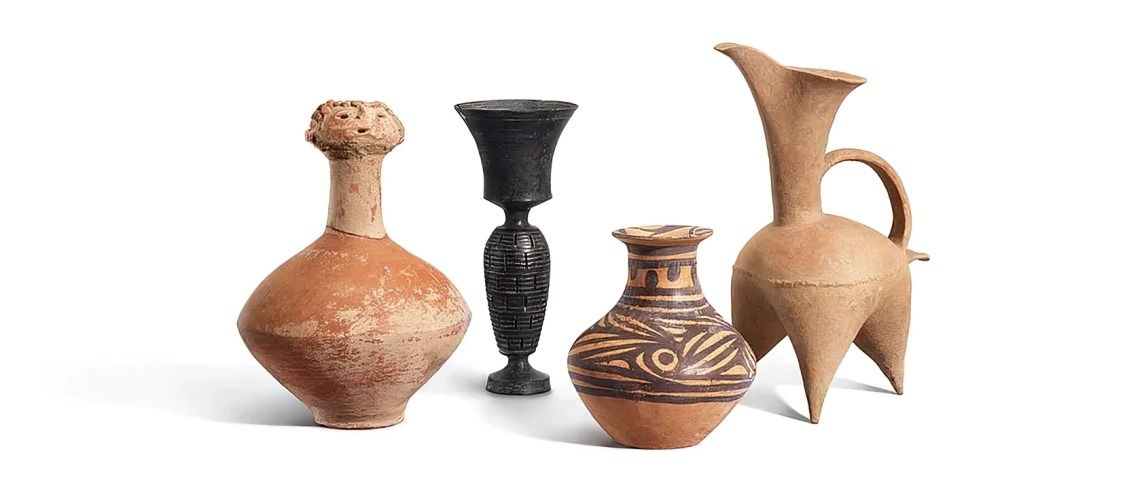
“
Neolithic pottery represents a remarkable advancement in human creativity and functionality. In this blog, we’ll explore interesting facts about Neolithic pottery, showcasing its vital role in daily life, food storage, and artistic expression. Early pottery was not merely utilitarian; it was an essential medium for cultural identity, revealing the beliefs and practices of Neolithic societies. From the materials used to the diverse styles developed in various regions, Neolithic pottery reflects technological innovations and social dynamics of the time. Join us as we uncover 20 captivating facts that illuminate the significance of pottery in shaping early civilizations and their lasting legacy.1
”
Neolithic pottery emerged around 10,000 BCE, marking a technological leap. These durable vessels enabled early humans to store food, transforming lifestyles and supporting permanent settlements.1

The oldest pottery pieces, dating back to 29,000 BCE, were found in China. These artifacts showcase Neolithic potters' advanced skills and innovative techniques in clay crafting.
Potters used coiling techniques to shape vessels, stacking clay ropes to create unique forms. This method allowed for creativity and experimentation with various shapes and sizes.2
Neolithic pottery often featured decorative patterns created by impressing tools or incising designs. These decorations enhanced aesthetic appeal and identified specific cultural groups.3
Firing techniques evolved, allowing potters to heat clay at high temperatures. This innovation produced stronger, more durable vessels, revolutionizing cooking and storage practices.4
Some pots were specifically designed for cooking, featuring deep, rounded bottoms that were ideal for open flames. This adaptation significantly expanded the culinary repertoire of Neolithic people, allowing for diverse cooking methods.5
Pottery served as a canvas for artistic expression, with intricate designs painted using natural pigments. These colors reflected local landscapes and resources, showcasing environmental connections.6
Archaeological evidence indicates pottery was used in rituals and ceremonies. Vessels with food remnants highlight pottery's cultural significance in spiritual practices and community bonding.7
Neolithic potters created large storage jars specifically for grains and liquids. These durable vessels facilitated effective food preservation, enabling communities to thrive even during periods of scarcity and resource shortages.8
The development of pottery encouraged social interaction, as villagers exchanged techniques and designs. This cooperation fostered community bonds among Neolithic societies.9
Certain pots were crafted in unique shapes tailored for specific functions, such as wide, shallow bowls designed for serving. This specialization demonstrates an advanced understanding of material utility and culinary needs.10

Distinct lip and rim designs significantly enhanced the practical use of pottery, improving pouring capabilities and grip. These functional enhancements reflect the potters' keen attention to detail and the overall user experience.
Pottery was crucial for food fermentation, particularly for brewing early alcoholic beverages. Evidence of specialized fermentation pots suggests communal celebrations revolved around shared drinks.11
Burial sites frequently contained pottery fragments, indicating deep beliefs in the afterlife. Ceramics were often included in graves as offerings, reflecting the significant role pottery played in Neolithic rituals and practices.12
Neolithic pottery styles varied widely, with each culture developing unique characteristics. Painted pottery in the Americas contrasted with cord-marked designs in Europe, showcasing diverse creativity.13
Some potters experimented with glazing techniques, enhancing pottery's aesthetic appeal. This early glazing improved functionality by creating a smoother surface for everyday use.14
Kiln-fired pottery represents a significant advancement in ceramic technology, as controlled firing temperatures produced stronger and more durable pieces capable of withstanding the rigors of daily use and handling.15
Personal or community symbols often marked pottery, creating a sense of ownership. These markings conveyed social status and cultural affiliation, connecting individuals through shared artistry.16

As trade networks developed over time, pottery styles began to spread across various regions. This rich cultural exchange laid the foundation for significant advancements in ceramic arts throughout history and future generations.
Finally, Neolithic pottery's legacy endures in modern ceramics, inspiring contemporary potters. They celebrate ancient techniques and designs, honoring the impact of Neolithic pottery on artistic expression.17


